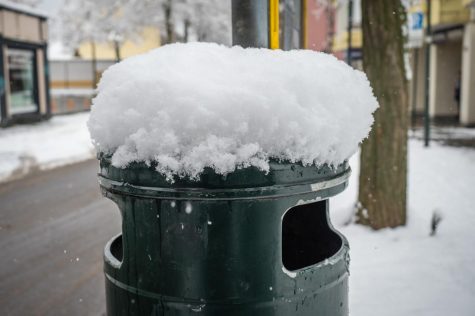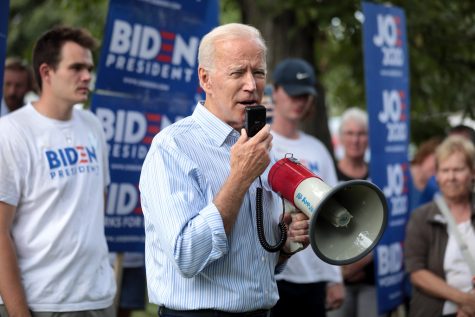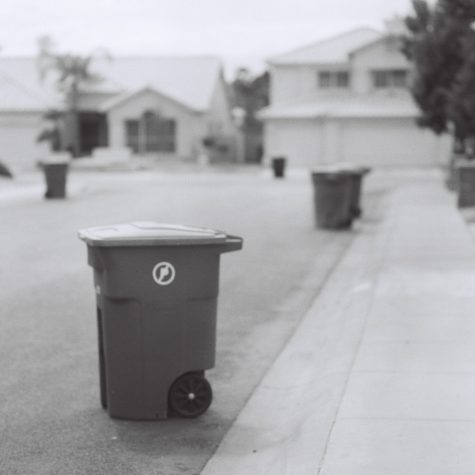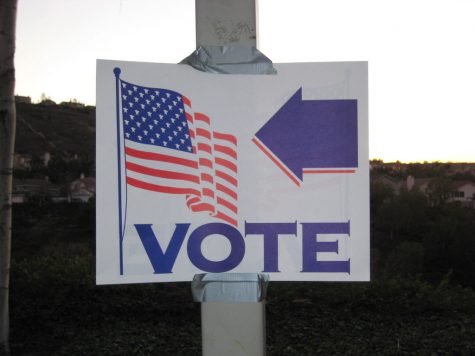Burning Brazil
October 15, 2019
The crisis of the Amazon rainforest has now taken to the worldwide scene as its dirty laundry burns on Brazil’s line. Social media activists have expressed their concern on the situation with #SavetheAmazon. With the whole world on notice, surely there must be a reasonable explanation for the fires, or at least we hope so.
As the fire in the Amazon blazes on, only recently has there been sufficient media uproar and concern over the cause of the flame. A host of people are convinced that burnings are a natural part of the forest’s lifecycle. However, considering the lack of notable drought and lightning storms, it seems highly unlikely that the fire’s cause was indeed natural. In the event that this forest fire was natural, there is no way that it would grow to such a massive proportion. Unfortunately, the more likely and widely accepted cause of the fire is much worse.
The Amazon is roughly four times the size of Alaska and is worth a fortune to many industries that benefit from the plethora of natural resources that the Amazon holds. In January, Brazil elected the current president Bolsonaro. Since his time in office, the Amazon has lost a great deal of land already. Bolsanaro’s administration has heavily encouraged the expansion of industry, which requires land. For this reason, people believe that the fires in the Amazon have been set intentionally to clear the forest growth. Previously, parts of the forest were cleared out for the raising of cows and other livestock. Now, mining, timber, and developmental firms have their eyes set on the Amazon. 2019 has been a rather unfortunate year for the Amazon as it has already lost significantly more forest land than it had in 2018.
The Amazon is approaching a tipping point. The lush greenery may never recover should the fire continue for any longer. Parts of the biome may permanently transform to desert/savannah regions which would not bode well for Brazil’s ecosystem. In fact, the impact would be felt worldwide as the forest contains nearly a tenth of all species on the planet. This massive loss of habitat would testify greatly to the number of eradicated species in the last 50 years. Additionally, the Amazon absorbs some 90 billion tons of carbon dioxide that would otherwise pollute our atmosphere. If released, the carbon dioxide would add 38 parts per million to the already existing 415 parts per million which is unarguably significant. Many climate scientists warn that this could be a new tipping point.
As the fire grows, so does the concern. At the most recent G7 summit, the agreed plan was to send 22 million dollars in aid to Brazil to help quell the fire. However, unsurprisingly, Brazilian president Bolsonaro reluctantly refused the money. A feud between Bolsonaro and French PM Macron escalated as they traded blows over each other’s wives and each country’s heritage sites. Also, Bolsonaro felt as though the G7 summit’s decision undermined the sovereignty of Brazil. He felt as though the way the international alliance convened to save the rainforest portrayed Brazil as a no man’s land or some colony.
Hope has dwindled as Brazil is now dissolving most sovereign efforts to fight the fires and other countries have now become much more hesitant to send money over. Germany and Norway were among the first to suspend planned donations to the burning country and many more will follow suit. Many people fail to see the significance of what is unfolding in front of them, and much like the technological boom of the last 40 years, our Earth is experiencing changes of the same magnitude. With any luck, the consequences won’t be as disastrous.











